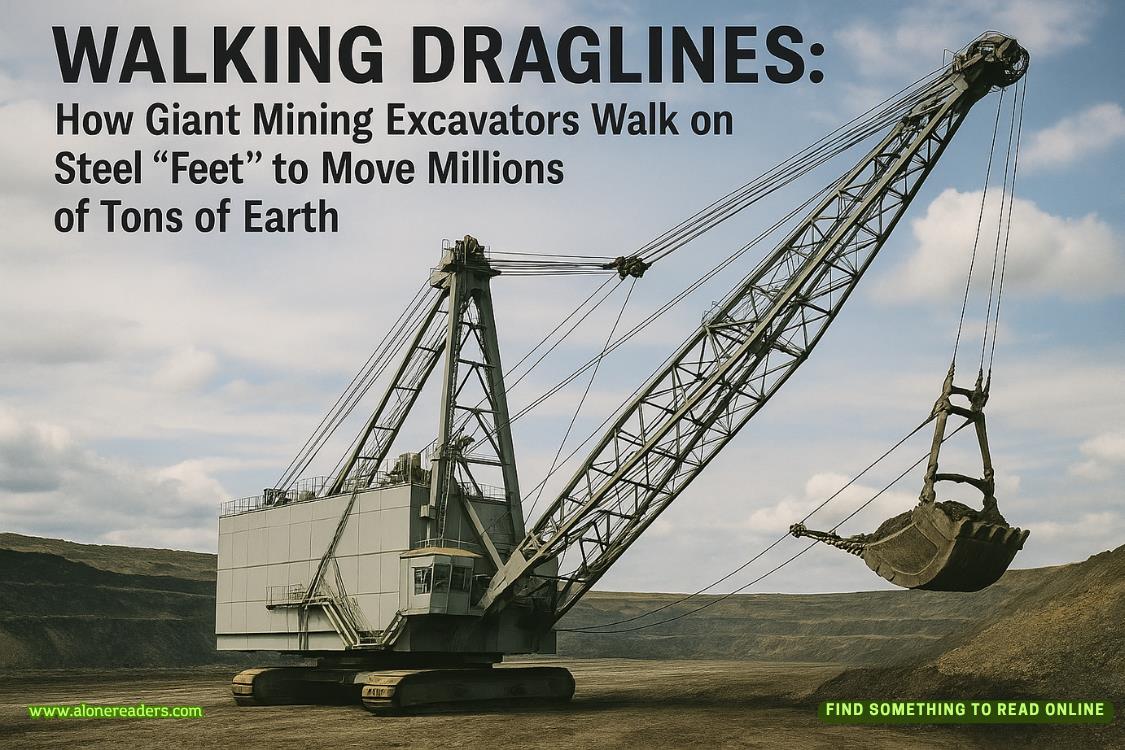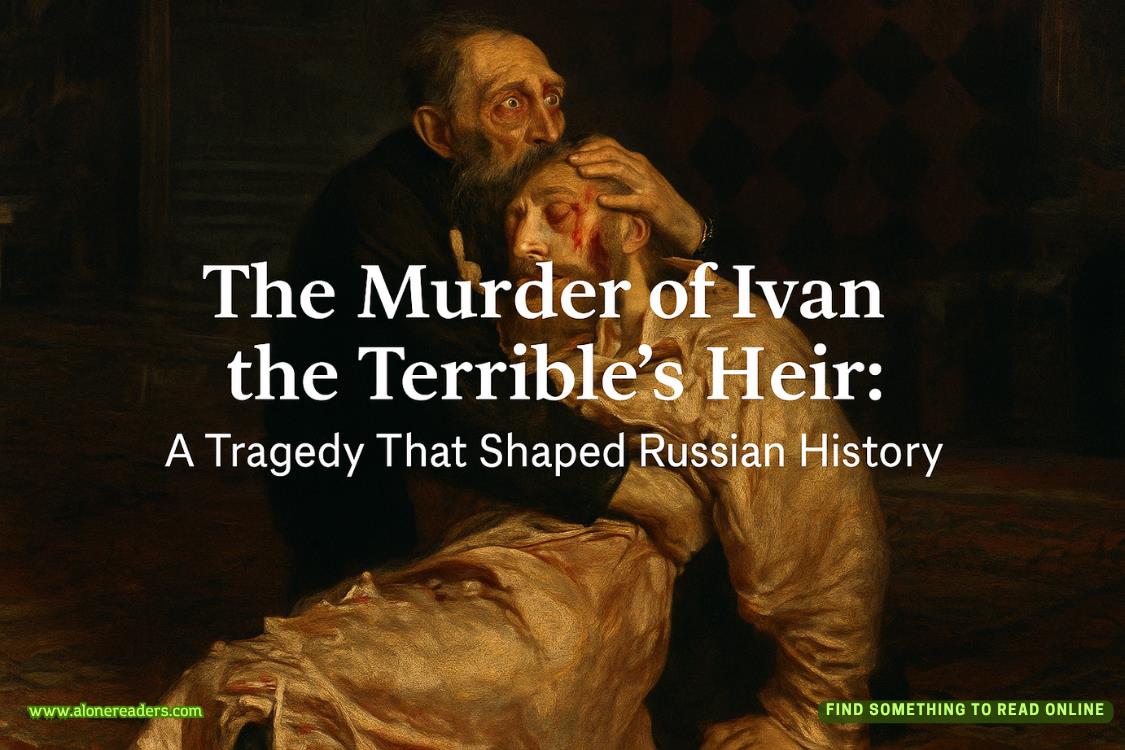Page 12 of A Castaway in Cornwall
Her uncle stepped nearer the bed. “No sign of regaining his senses?”
Laura shook her head. “He murmured something in his sleep, but that is all.”
Mrs. Bray lifted a warning hand to Eseld and then followed her husband farther into the room, staring down at the stranger. “I don’t like the look of him. Like a pirate. Or a foreigner. He might be a spy, for all we know.”
“I don’t think so, my dear,” Uncle Matthew said. “The captain’s chest washed ashore, and by it the ship has been identified as an English merchantman called theKittiwake. I talked to Mr. Hicks, the agent, after you were in bed. He will determine what to do with the cargo his men are able to salvage.”
Laura said, “Precious little, I imagine, after Tom Parsons and his lot were through with it.”
Mrs. Bray narrowed her eyes. “Remember, it’s not your place to judge, Laura. You’re not Cornish and don’t understand our ways.”
No, Laura did not, but she wisely held her tongue.
Bodies washed ashore were not allowed Christian burial until 1808, when a Cornishman, Davies Gilbert, succeeded in getting an Act of Parliament passed for their burial in churchyards.
—A. K. HAMILTONJENKIN,CORNISHSEAFARERS
Chapter 3
Later that morning, Uncle Matthew returned to the churchyard to select a grave site, and the sexton began digging. Until five years ago, bodies washed ashore were not legally permitted burial in consecrated ground. The usual practice had been to bury shipwreck victims anywhere and anyhow, often in a common grave near the site of the wreck—on the cliffs or the grassy verge of beaches. Thankfully, a local MP had worked for a change in the law, and that practice had been abolished.
Miss Chegwin, looking well rested and eager, came over to sit with their patient that morning, telling Laura to get some sleep or fresh air.
She gratefully acquiesced, dressed warmly, and with her basket in hand went for a walk, starting at Daymer Bay. As Laura strolled, she searched the sand, among the faded clumps of sea thrift, between the rocks, and in the rock pools. She saw nothing of interest.
Moving on, she returned to the wreck site.
On Greenaway Beach, there were still signs of the meleeof the night before. Broken barrels and crates and shards of pottery littered the sand. An old man was leaning against an overturned cask, sleeping off his overindulgence.
She continued on, farther from the site.
At the far end of Greenaways, dark rocks bordered the beach, and here and there lay purple slate with faint green stripes. Against this lighter background, she spied an object like a small black animal or perhaps a wad of material. She drew nearer, bent and studied the object, and then gingerly picked it up. A black two-cornered hat. Nothing frightening, yet it filled her with an odd foreboding.
Silly creature,she remonstrated with herself. She had lived among superstitious people for too long.
Laura knew hats like these, being valuable and looking alike, often carried a man’s name embroidered within, especially among the military. She had found other cocked hats andchapeaux brasbefore. She looked inside the crown, and there was indeed a bit of embroidery:A. Carnell.The name meant nothing to her.
She put it in her basket. The salt water would do it no favors, but perhaps if she cleaned it quickly, it could be salvaged.
A. Carnell.One of the dead? Or the living?
When she returned to the house, she found Miss Chegwin hovering over the patient. The man moaned and turned his head one way, then the other.
Laura’s pulse quickened. “What is it? What’s happened?” She set aside her basket and untied her bonnet strings as she hurried forward.
Miss Chegwin laid a hand on his forehead. “He’s burning up with fever.”
From freezing cold to burning hot? That could not be good.
Fear gripped her. “Shall I fetch cool water and cloths?”
“Iss, thank’ee.”
“What do you think it is?” Laura asked.Please don’t let her say “putrid ormalignant sore throat....”
“Putrid throat, mayhap. Lord willing, not scarlet fever or typhus.”
Lord willing, indeed.















